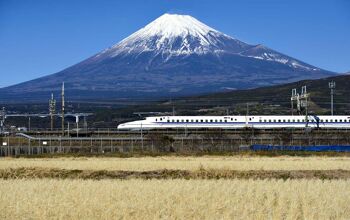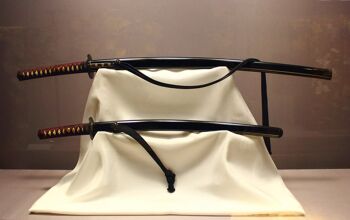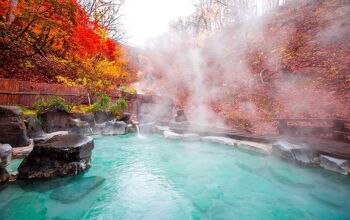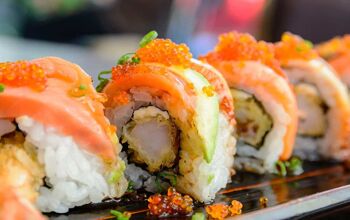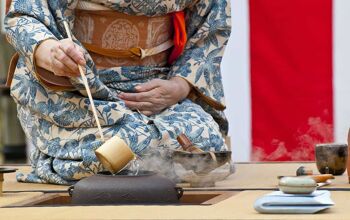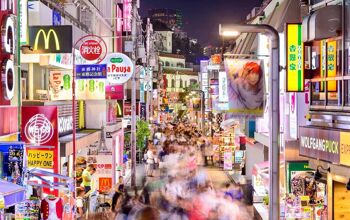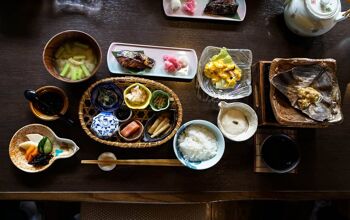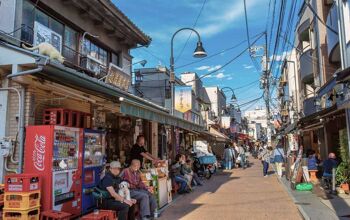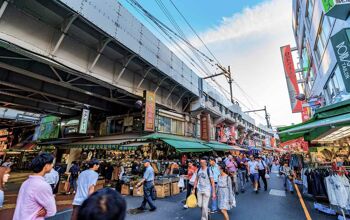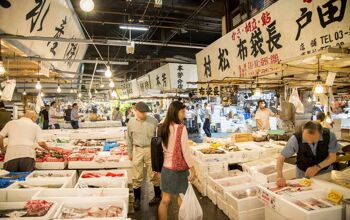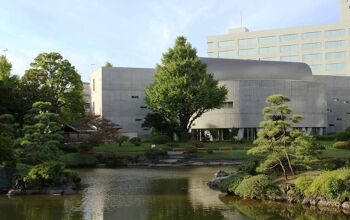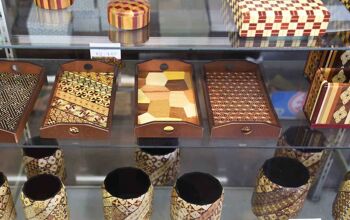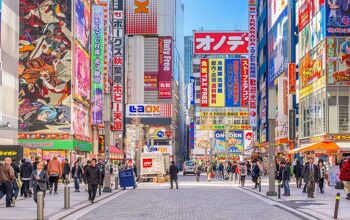Tokyo, Kanto, Japan
Every spring Japan goes into sakura (cherry blossom) frenzy. The subject of everything from traditional haiku verse and woodblock prints to apps that track its flowering, sakura is deeply woven into Japanese culture.
Sakura are the blossoms of ornamental cherry trees – although found across Asia, Japan has historically been home to especially large varieties which were subsequently cultivated into today’s impressive displays. Reflecting both its aesthetic and its importance to Japanese culture, cherry blossom became the national flower of Japan.
When the blossoms briefly reach peak bloom in late March or early April, nothing is as Japanese as heading out to enjoy a spot of hanami (cherry blossom viewing).
Good for age: 18+
Duration: 2-3 hours
When: March, May and Sept
Freq: annually




![A day in Hakone [& Mount Fuji]](https://cxgveiouca.cloudimg.io/familyhotelfinder.com/wp-content/uploads/Tokyo-A-day-in-Hakone1-SH.jpg?w=350&h=220&func=cover)
